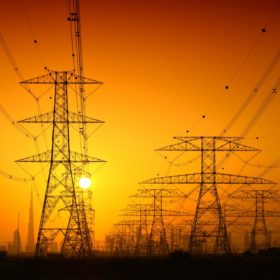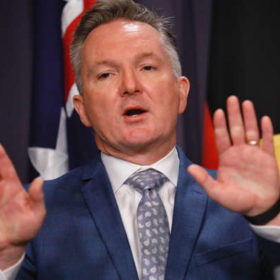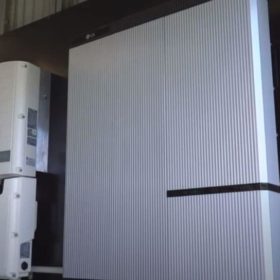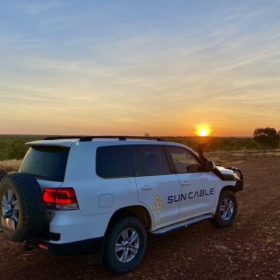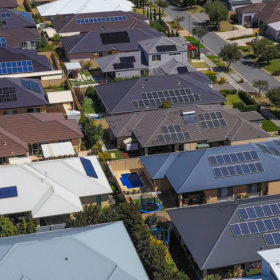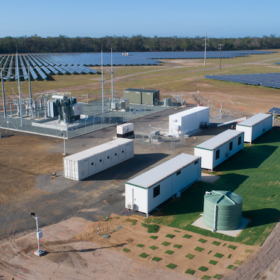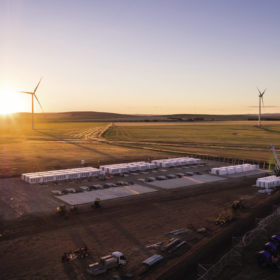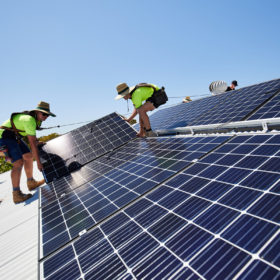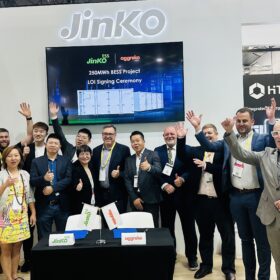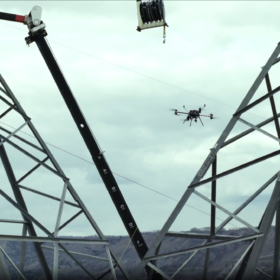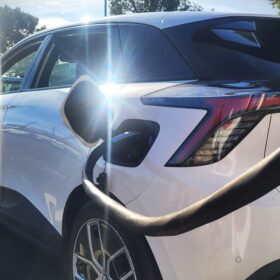BREAKING: AEMO suspends spot market in all eastern states
The Australian Energy Market Operator (AEMO) this afternoon suspended the electricity wholesale spot market in all five of the participating National Electricity Market states, saying it has become “impossible” to operate.
‘Much too naive’: extent of market cornering in energy crisis underplayed, analyst says
As Australia’s energy crisis deepens with Queensland and NSW again cautioned over potential blackouts in the coming hours, director of the Victoria Energy Policy Centre, Bruce Mountain, told pv magazine Australia commentators have underplayed the extent to which energy generators have exacerbated the emergency. Government intervening to take charge of the energy market is, for him, the most likely outcome as generators withholding capacity increasingly threatens to cause massive losses in state economies.
Consumer watchdog sounds warning for LG-branded home batteries
The Australian Competition and Consumer Commission has issued a call for homeowners to urgently check their residential energy storage systems amid a national recall of some LG-branded batteries which may overheat and ignite.
Legislation increases certainty for $30 billion Sun Cable megaproject
The Northern Territory government has doubled down on its support for the world’s biggest solar PV and storage project with parliament passing legislation that will facilitate the $30 billion-plus Sun Cable Australia-Asia PowerLink project which is expected to transform the region into a green industrial hub and establish a new energy export industry for Australia.
Regulator investigating potential $1.7 million solar panel fraud
A Western Australian solar PV company is being investigated by the Clean Energy Regulator amid concerns it falsified information relating to more than 500 solar panel installations that created about $1.7 million in Small-scale Technology Certificates.
Elon Musk wins SolarCity lawsuit, avoids $2.8 billion judgment
Business magnate Elon Musk has avoided what would have been the largest judgment in US history on an individual executive.
Megafund acquires three east coast solar farms in takeover of Elliot Green Power
Global investment manager Igneo Infrastructure Partners will acquire Elliot Green Power, along with its solar and storage portfolio, via its Australian business, Atmos Renewables.
European Commission could call in Australian investor Macquarie’s bid for French developer
Australia’s Macquarie is leading a consortium that has reportedly tabled a €2.5 billion ($3.65 billion) bid for a clean energy business formed by French private equity houses InfraVia and Eurazeo.
Weekend read: Big battery breach
In September 2021, not long after a fire at the Victorian Big Battery made international headlines, Neoen’s original “Big Battery” – the Hornsdale Power Reserve in South Australia – was sued by the Australian Energy Regulator for failing to provide all of the frequency control ancillary services it had agreed to offer. The case is now before Australia’s Federal Court, where the judgement could set an important precedent for network operations in Australia, as well as the transition to large-scale batteries.
What tomorrow’s SRES changes mean for Australia’s solar industry
On Friday, major changes to the regulatory framework surrounding the small-scale renewable energy scheme (SRES), effectively the country’s solar rebate program, will come into force. Pv magazine Australia spoke to Smart Energy Council CEO John Grimes about the changes and how they will impact Australia’s solar players.
